Pothikkettu is a monthly editorial that ‘wraps up’ the issue for our readers. This time, we present our year-end issue and look back upon the year.
Read more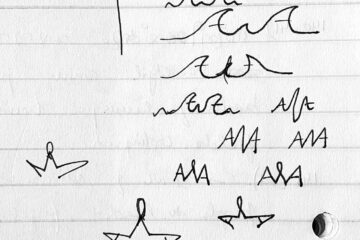
A Kerala Studies Blog

Pothikkettu is a monthly editorial that ‘wraps up’ the issue for our readers. This time, we present our year-end issue and look back upon the year.
Read more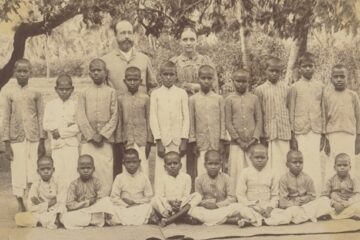
In season 3 of Ala podcast, we hold a series of conversations with educators, academics and activists on Education in Kerala. We begin the season with an exploration of the legacy of Protestant Mission schools in Kerala and how they informed childhood-making in colonial Kerala. Who was the good educated child? What kind of values were refracted through these constructions?
Read more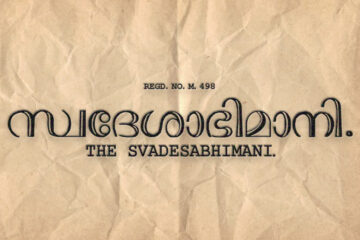
An editorial from 1909 published in The Svadeshabhimani gives us perspectives on a changing judicial order. The excerpt also offers a critical lens to think about morality and constitutional law–themes that are as relevant today as they were then.
Read more
Pothikkettu is a monthly editorial that ‘wraps up’ the issue for our readers.
Read more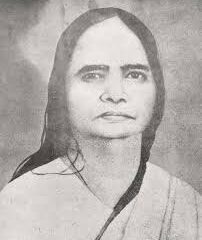
Popular readings of modern history in Kerala tend to focus on the many male leaders who led struggles for social justice. Naveen brings to light less-known incidents from these struggles to shine a light on the leadership of women in the struggles for caste and gender justice.
Read more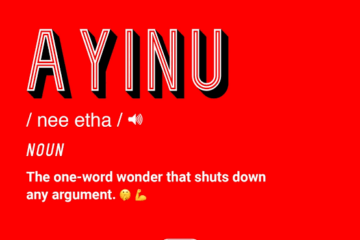
What is common between chunk, vibe, scene contra, and eda mone? Akhila Krishan dives deep into the world of new coinages and expressions in Malayalam, explaining how it is more than just a linguistic change.
Read more
Pothikkettu is a monthly editorial that ‘wraps up’ the issue for our readers
Read more
Editorial from 1910 published in The Svadeshabhimani critiques the role of certain publications in promoting religious hatred.
Read more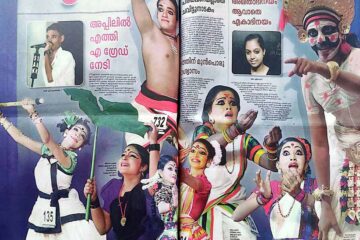
‘Nadodi nruttham’ is an omnipresent cultural form in Kerala’s arts festival spaces. Drawing from her ongoing research into youth festivals in Kerala, Rajashree Raju delves into the caste dynamics behind a form that represents itself as ‘folk’.
Read more
Pothikkettu is a monthly editorial that ‘wraps up’ the issue for our readers. Dear Reader, This issue carries Harikrishnan’s thoughtful[…]
Read more